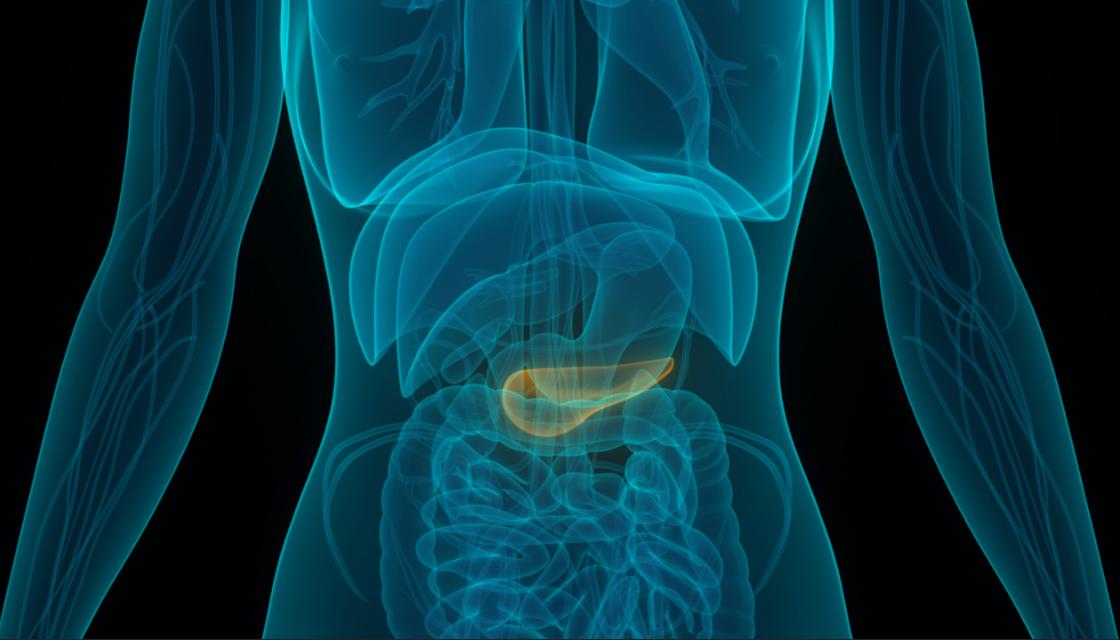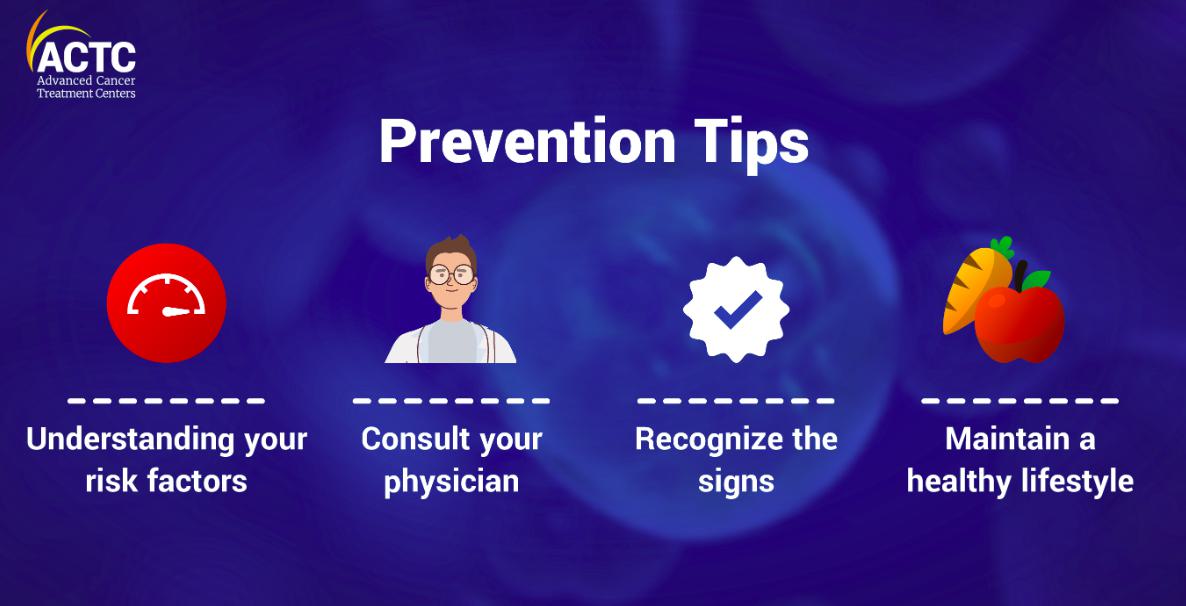Pancreatic cancer is one of the most challenging cancers to detect in its early stages, as symptoms often remain vague or unnoticed until the disease has progressed. Because of this, many people wonder: how do you test for pancreatic cancer? Understanding the available tests and diagnostic procedures is crucial for early detection, which significantly improves the chances of successful treatment.
In recent years, medical advancements have improved screening, imaging, and diagnostic tools for pancreatic cancer. While there is no single test that guarantees early detection, combining multiple approaches allows doctors to accurately diagnose and stage the disease. This article will guide you through the definition, causes, risk factors, symptoms, testing methods, treatments, prevention, and the latest research to help you gain a clear understanding of pancreatic cancer.
Definition and Overview
Pancreatic cancer occurs when malignant cells develop in the tissues of the pancreas, an organ responsible for producing digestive enzymes and hormones like insulin. It is often classified as an aggressive cancer due to its rapid growth and ability to spread before symptoms appear. Since early detection is difficult, testing methods are essential in identifying the disease at a manageable stage.
Types
There are two main types of pancreatic cancer:
- Exocrine tumors: The most common form, usually pancreatic adenocarcinoma, which develops in the ducts that carry digestive enzymes.
- Endocrine tumors (pancreatic neuroendocrine tumors): Rare forms that develop in hormone-producing cells of the pancreas.
Causes and Risk Factors
The exact cause of pancreatic cancer is still under study, but certain risk factors increase the likelihood of developing it. These include:
- Family history of pancreatic or related cancers
- Smoking and heavy alcohol consumption
- Chronic pancreatitis (long-term inflammation of the pancreas)
- Obesity and poor diet
- Age over 60
- Genetic mutations (e.g., BRCA1, BRCA2, Lynch syndrome)
Symptoms and Early Warning Signs
Pancreatic cancer symptoms often appear late and can mimic other health problems. Key signs to watch for include:
- Persistent abdominal or back pain
- Jaundice (yellowing of the skin and eyes)
- Unexplained weight loss
- Loss of appetite and fatigue
- Nausea, vomiting, or digestive issues
- New-onset diabetes in older adults
Diagnosis
So, how do you test for pancreatic cancer? Doctors use a combination of methods to detect and confirm the disease:
- Blood tests: Checking for tumor markers like CA 19-9 and CEA.
- Imaging tests: CT scans, MRI, PET scans, and ultrasounds help visualize tumors.
- Endoscopic ultrasound (EUS): A specialized test where a thin tube with an ultrasound probe is inserted into the digestive tract for detailed imaging.
- Endoscopic retrograde cholangiopancreatography (ERCP): Used to examine pancreatic and bile ducts.
- Biopsy: Taking a tissue sample to confirm cancer under a microscope.
Treatment Options
Treatment for pancreatic cancer depends on its stage and the patient’s overall health. Common treatments include:
- Surgery (e.g., Whipple procedure) for eligible patients
- Chemotherapy to shrink or kill cancer cells
- Radiation therapy to target cancer growth
- Targeted therapy and immunotherapy for specific genetic mutations
- Palliative care to relieve symptoms and improve quality of life
Prevention and Lifestyle Recommendations
While not all cases are preventable, lifestyle choices can reduce risk. Recommendations include:
- Avoid smoking and excessive alcohol use
- Maintain a healthy diet rich in fruits, vegetables, and whole grains
- Exercise regularly to support overall health
- Manage chronic conditions like diabetes and pancreatitis
- Seek genetic counseling if you have a family history of pancreatic cancer
Prognosis and Survival Rates
Pancreatic cancer has one of the lowest survival rates among cancers, mainly due to late detection. The five-year survival rate is around 12%, but this significantly improves when the cancer is diagnosed early and treated surgically. Prognosis varies depending on the stage, tumor type, and patient health.
Latest Research and Innovations
Ongoing research is improving pancreatic cancer detection and treatment. Scientists are studying liquid biopsies, blood-based biomarkers, and genetic testing for earlier diagnosis. Advances in personalized medicine, immunotherapy, and precision surgery are also offering new hope to patients.
Coping and Support for Patients
A pancreatic cancer diagnosis can feel overwhelming. Patients and families are encouraged to seek emotional support through counseling, support groups, and patient advocacy organizations. Integrating nutritional support, pain management, and psychological care can improve quality of life during treatment.
Conclusion
Understanding how do you test for pancreatic cancer is critical because early detection can greatly impact treatment success. While no universal screening test exists, advances in imaging, blood tests, and endoscopic procedures are improving diagnostic accuracy. Maintaining a healthy lifestyle, staying aware of symptoms, and seeking medical advice promptly can make a significant difference.
FAQ
1. How do you test for pancreatic cancer in its early stages?
Doctors often use imaging tests like CT scans, MRIs, or endoscopic ultrasounds, combined with blood tests for tumor markers.
2. Is there a routine screening test for pancreatic cancer?
Currently, there is no standard screening test for the general population, but high-risk individuals may benefit from genetic testing and regular monitoring.
3. Can blood tests alone detect pancreatic cancer?
No, blood tests like CA 19-9 are helpful but not reliable enough on their own. They are usually combined with imaging and biopsy.
4. What is the most accurate test for pancreatic cancer?
Endoscopic ultrasound (EUS) with biopsy is considered one of the most accurate diagnostic methods.
5. Can lifestyle changes prevent pancreatic cancer?
While not guaranteed, healthy lifestyle habits—such as quitting smoking, maintaining a balanced diet, and exercising—can reduce the risk.


